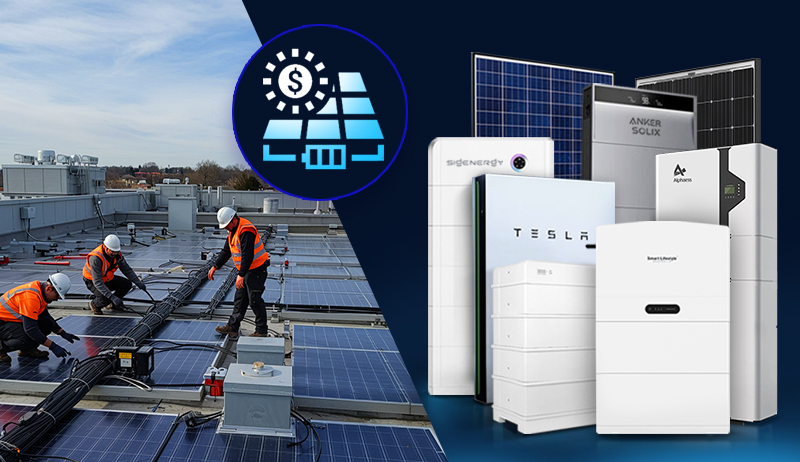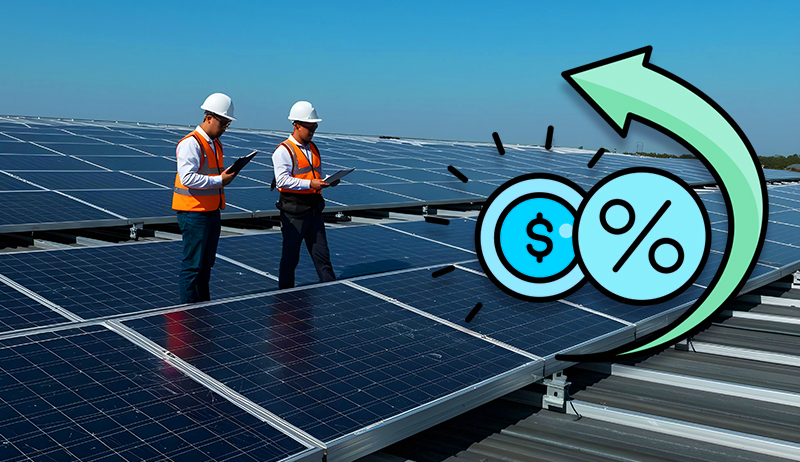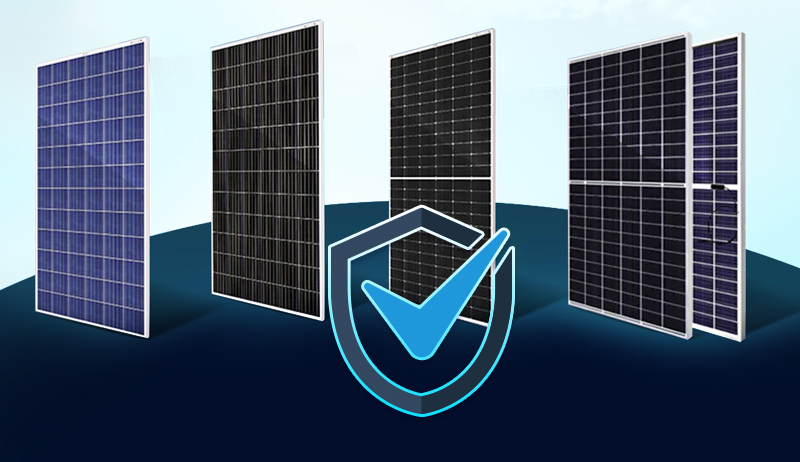Wind Power Surges in Germany: Ambitious Targets and Ongoing Challenges
Germany, a leader in the European energy transition, is seeing a significant surge in wind energy projects, both onshore and offshore. This expansion is driven by ambitious national goals for renewable energy and a desire to reduce dependence on fossil fuels. However, several challenges remain, such as permitting hurdles and grid limitations.
Onshore Wind Rebounds:
- After a period of stagnation, onshore wind installations are picking up pace again. 1.6 GW of new capacity was added in the first half of 2023, and additional tenders promise further growth.
- The government aims to install 10 GW of onshore wind annually from 2025 onwards, aiming for a total capacity of 115 GW by 2030.
Offshore Wind Pushes Boundaries:
- Germany boasts a rapidly growing offshore wind sector, currently holding second place globally in installed capacity.
- Ambitious expansion plans target 30 GW by 2030 and 70 GW by 2045, driven by recent tenders awarding nearly 1 GW of new capacity.
- Projects like Borkum Riffgrund 3 (900 MW) and Kaskasi (342 MW) showcase the sector’s potential to power hundreds of thousands of households.
Challenges on the Horizon:
- Streamlining permitting processes remains crucial for meeting ambitious targets. Complex procedures and local opposition can significantly delay project development.
- Upgrading and expanding the electricity grid is essential to efficiently integrate the increasing wind power generation into the national network.
- Social acceptance and community engagement are key to overcoming local resistance and fostering broader support for wind energy projects.
Wind Energy Statistics in Germany (as of 2023)
Installed Capacity:
- Total: 76,985 MW (61,010 MW onshore, 15,975 MW offshore)
- Rank globally: 4th (onshore), 2nd (offshore)
- Share of German electricity production: 32% (net)
Growth:
- New onshore installations in 2023: 745 turbines (3,567 MW)
- New offshore installations in 2023: 300 MW
- Government target for annual onshore installations: 10 GW by 2025, 15 GW by 2030
- Target for total offshore capacity by 2030: 30 GW
- Target for total offshore capacity by 2045: 70 GW
Economic Impact:
- Jobs in the wind industry: 160,200 (2016 data)
- Revenue generated by the wind industry: €12.4 billion (2020 data)
Top Largest Wind Farms in Germany (as of February 20, 2024)
| Category | Wind Farm Name | Location | Capacity (MW) | Number of Turbines | Type |
|---|---|---|---|---|---|
| Offshore | EnBW Hohe See | North Sea | 497 | 87 | Fixed-bottom |
| Offshore | Borkum Riffgrund 2 | North Sea | 465 | 98 | Fixed-bottom |
| Offshore | Merkur Offshore | North Sea | 399 | 66 | Fixed-bottom |
| Offshore | Meerwind Süd/Ostsee | Baltic Sea | 332 | 80 | Fixed-bottom |
| Offshore | Baltic 2 | Baltic Sea | 288 | 80 | Fixed-bottom |
| Onshore | Reussenköge Wind Farm | Schleswig-Holstein | 255 | 71 | Multi-brand |
| Onshore | Pomerania II Wind Farm | Mecklenburg-Vorpommern | 243 | 51 | Multi-brand |
| Onshore | Mark 50 (Markdorf) | Baden-Württemberg | 217 | 46 | Multi-brand |
| Onshore | Windpark Putenwind | Brandenburg | 209 | 41 | Multi-brand |
| Onshore | Windpark Norderwalsede | Lower Saxony | 204 | 51 | Multi-brand |
Additional Notes:
- This list includes both operational and under-construction wind farms.
- “Multi-brand” indicates that the wind farm uses turbines from various manufacturers.
- This list only includes wind farms with a capacity of 200 MW or above.
- Data may vary slightly depending on the source.
Looking Ahead:
Despite the challenges, Germany’s commitment to wind energy expansion is clear. With continued efforts to address permitting hurdles, grid limitations, and public concerns, the country is poised to become a global leader in harnessing the power of wind for a sustainable future.
https://www.exaputra.com/2024/02/wind-power-projects-in-germany.html
Renewable Energy
ACORE Applauds Maryland Gov. Moore’s New Executive Order on Energy Affordability and Reliability
-
Grid Infrastructure -
Policy -
Siting & Permitting Reform -
Technology -
Press Releases
ACORE Applauds Maryland Gov. Moore’s New Executive Order on Energy Affordability and Reliability
ACORE Applauds Maryland Gov. Moore’s New Executive Order on Energy Affordability and Reliability
FOR IMMEDIATE RELEASE
Dec. 19, 2025
WASHINGTON, D.C. — The American Council on Renewable Energy (ACORE) issued the following statement from ACORE President and CEO Ray Long in response to Governor Wes Moore’s announcement of new initiatives to build an affordable and reliable energy future for Maryland.
“ACORE applauds Gov. Wes Moore for setting forth a new series of energy initiatives that seek to stabilize energy bills while ensuring grid reliability and efficiency for Marylanders. In particular, ACORE commends key provisions in the order to increase the deployment of advanced transmission technologies; streamline the siting and permitting of high-voltage transmission, energy storage, and other infrastructure; advance wholesale market reforms; and more. As the country enters a new era of electricity demand, initiatives like Gov. Moore’s will facilitate significant progress toward building a modern and reliable grid needed to maintain economic competitiveness and keep the lights on,” said ACORE President and CEO Ray Long.
###
ABOUT ACORE
For over 20 years, the American Council on Renewable Energy (ACORE) has been the nation’s leading voice on the issues most essential to clean energy expansion. ACORE unites finance, policy, and technology to accelerate the transition to a clean energy economy.
For more information, please visit http://www.acore.org.
Media Contacts:
Stephanie Genco
Senior Vice President, Communications
American Council on Renewable Energy
communications@acore.org
The post ACORE Applauds Maryland Gov. Moore’s New Executive Order on Energy Affordability and Reliability appeared first on ACORE.
https://acore.org/news/acore-statement-on-gov-wes-moores-new-energy-executive-order/
Renewable Energy
Meat–It’s What’s for Dinner, if You Don’t Care about the Animals or the Planet
 We often hear meat-eaters say things like, “If beef isn’t good, why do the manufacturers of plant-based burgers try so hard to make their burgers taste like real meat?”
We often hear meat-eaters say things like, “If beef isn’t good, why do the manufacturers of plant-based burgers try so hard to make their burgers taste like real meat?”
There is no doubt that cow and pig meat tastes and smells great; every vegan on Earth will tell you that.
The problem lies elsewhere, in a) the environmental impact of clearing the rainforests to make room for more cows, and b) the cruelty inherent in factory farming and the slaughtering of the animals.
Meat–It’s What’s for Dinner, if You Don’t Care about the Animals or the Planet
Renewable Energy
FAQs: Your Most Common Commercial Solar Questions Answered
The post FAQs: Your Most Common Commercial Solar Questions Answered appeared first on Cyanergy.
https://cyanergy.com.au/blog/faqs-your-most-common-commercial-solar-questions-answered/
-
Climate Change4 months ago
Guest post: Why China is still building new coal – and when it might stop
-
Greenhouse Gases4 months ago
Guest post: Why China is still building new coal – and when it might stop
-
Climate Change2 years ago
Spanish-language misinformation on renewable energy spreads online, report shows
-

 Greenhouse Gases2 years ago
Greenhouse Gases2 years ago嘉宾来稿:满足中国增长的用电需求 光伏加储能“比新建煤电更实惠”
-
Climate Change Videos2 years ago
The toxic gas flares fuelling Nigeria’s climate change – BBC News
-

 Climate Change2 years ago
Climate Change2 years ago嘉宾来稿:满足中国增长的用电需求 光伏加储能“比新建煤电更实惠”
-

 Carbon Footprint2 years ago
Carbon Footprint2 years agoUS SEC’s Climate Disclosure Rules Spur Renewed Interest in Carbon Credits
-
Climate Change2 years ago
Why airlines are perfect targets for anti-greenwashing legal action













 Full energy assessment
Full energy assessment



